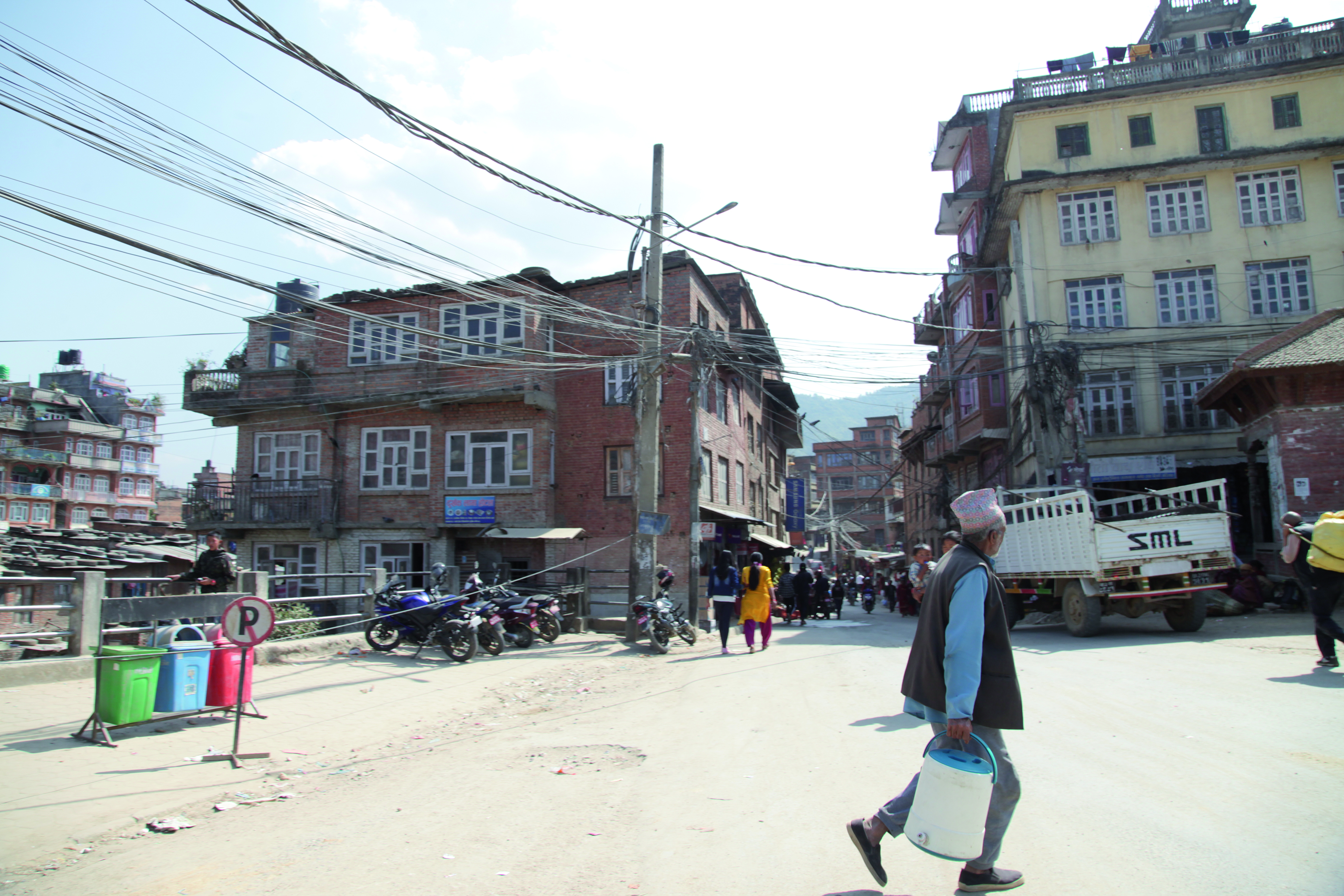Panauti: Past – Present (1976-2020) photobook review: Nostalgia galore
Photobooks are a delight. You can get lost in their pages for hours, forgetting all the mundanities of life. But rarely will you come across a photobook that not only feels like a visual treat but is also a vital documentation of our history and culture. ‘Panauti: Past – Present (1976-2020)’ by Gérard Toffin and Prasant Shrestha is one of those important works of creative genius. The book, with its many then and now photos of Panauti—a municipality in the Kavrepalanchok District in Bagmati Province, 32 kilometers southeast of Kathmandu—documents the changes in the city’s architectural landscape.
Toffin, emeritus director of research CNRS (French National Center for Scientific Research), had carried out several in-depth studies in Panauti in the 1970s, surveying the local population, its traditions, and social and religious organizations. In 2010, Toffin met Shrestha, a native of Panauti, while attending the Makar Mela, a month-long festival organized every 12 years at the confluence of Punyamati and Roshi rivers. Both of them felt the need to highlight the local cultural heritage and make people aware of the threats of rampant urbanization. Thus, the idea of the book was born.
The French Embassy in Nepal and the Alliance Française in Kathmandu collaborated to bring out the book because of France’s special relationship with Panauti. Over the years, the French Ministry of Foreign Affairs and various French agencies have been involved in an ambitious renovation project aimed at preserving Panauti’s architectural heritage.
Toffin says one of the most challenging aspects of the project was to portray an old Nepali city through images and not just words. “This kind of attempt has rarely been made in the field of social anthropology, especially when you have to document changes,” says Toffin. Working with a local meant Toffin had an insider view and the book benefits from that perspective. The result is an informative and insightful account of Panauti and its rich heritage.
Panauti: Past – Present (1976-2020)
Photobook
Text: Gérard Toffin
Photos: Gérard Toffin and Prasant Shrestha
Published: April 2021
Pages: 114, Hardcover
Then

Now
A general view of the Tribeni confluence religious precinct . On the right, Krishna temple with its three stacked roofs. The dead from surrounding villages cremated there on the ghats. Newar inhabitants of Panauti are cremated at the opposite riverbank in 1977 (then) and 2020 (now).
Then
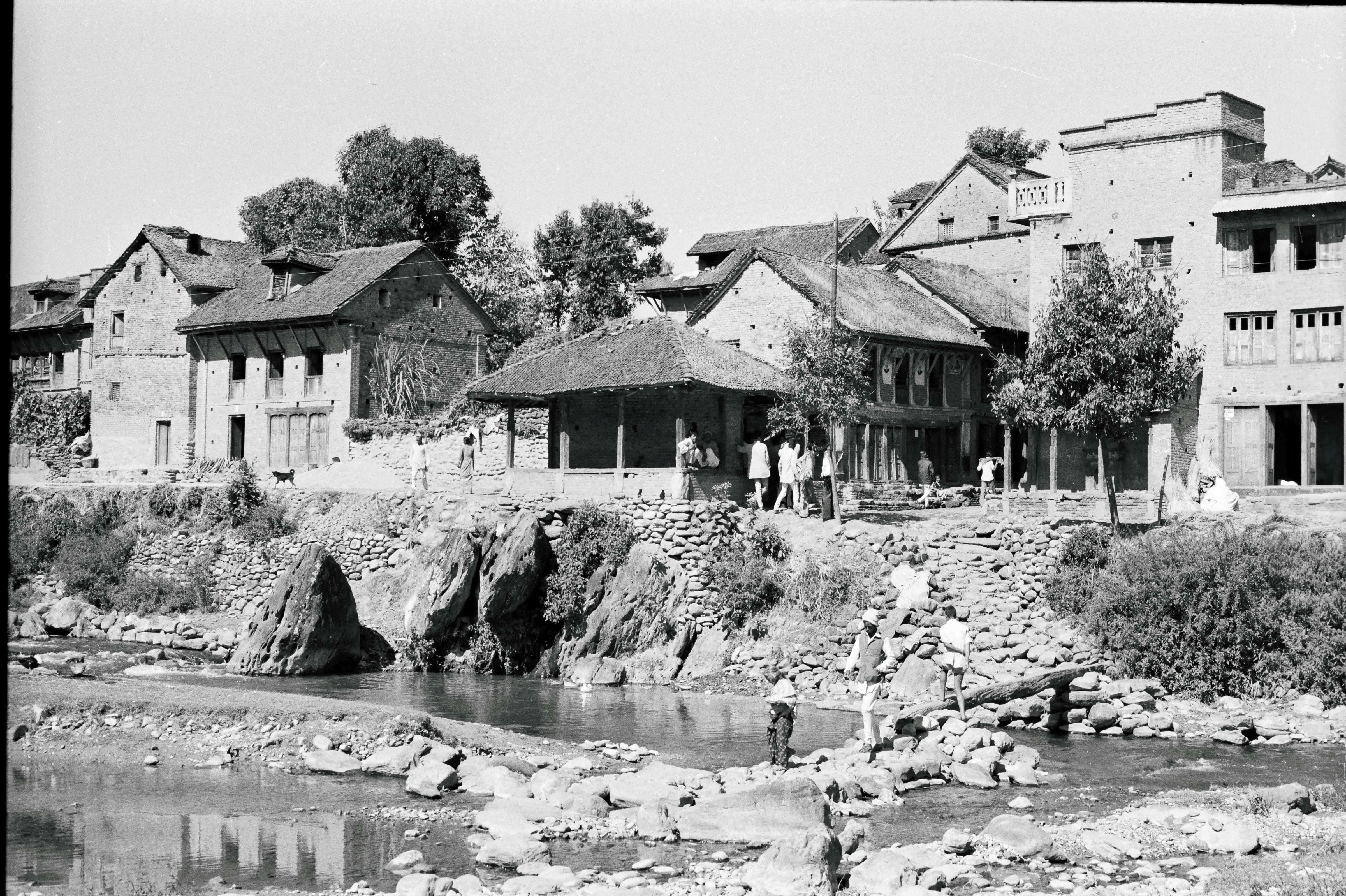
Now
South-west entrance to the city, on the Roshi Khola River in 1976 (then) and 2020 (now).
Then

Now
Indreshvar Mahadev temple in its square-shaped compound theoretically closed by four gates in all its four cardinal points in then (1977) and now (202).
Then

Now
Entrance to the city, bus station in 1976 (then) and 2020 (now).
Then
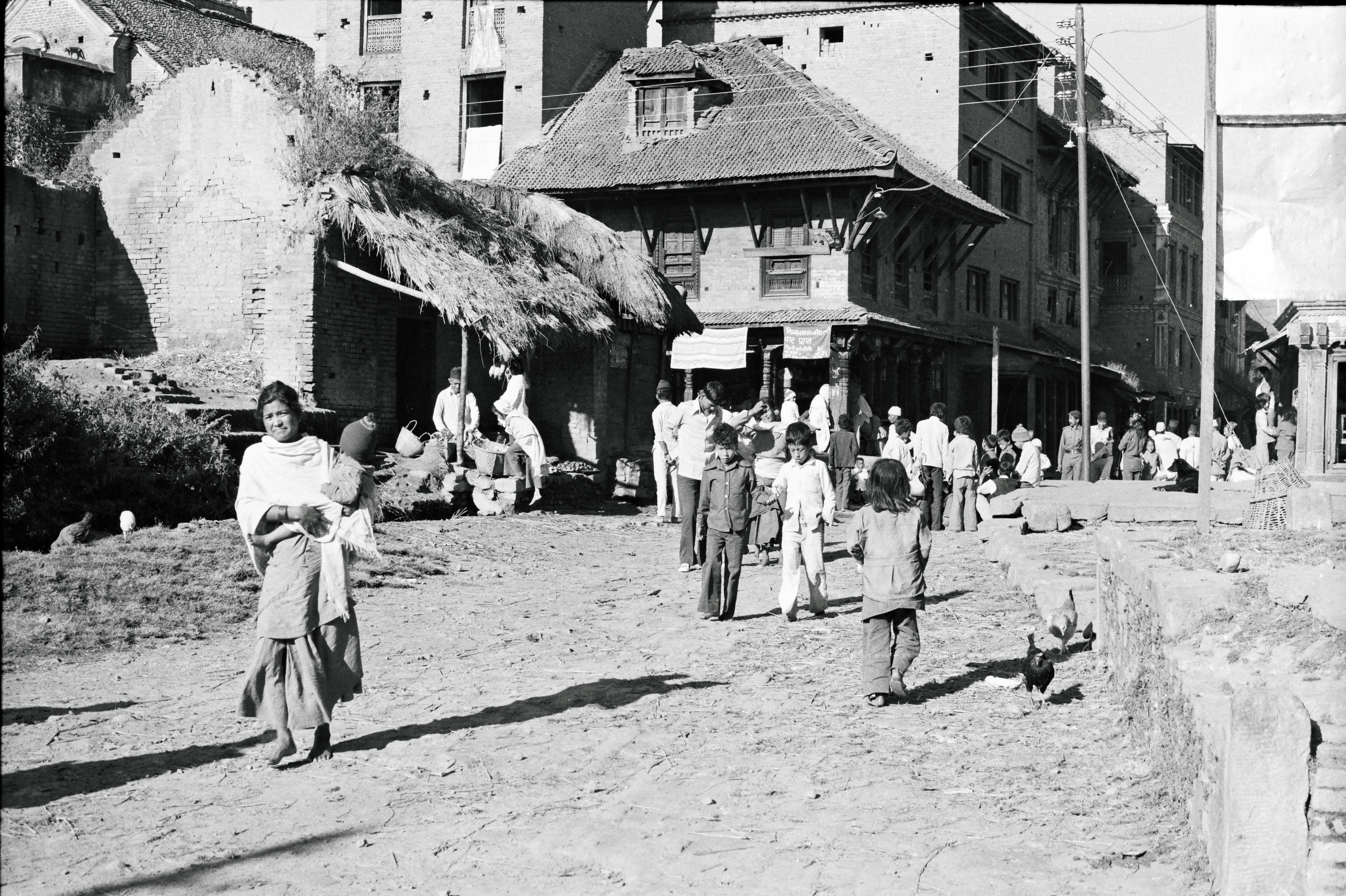
Now
Agha Tol neighborhood, crossing of trade routes, near the alleged site of the ancient Royal Palace in 1976 (then) and 2020 (now).
‘The Inheritance of Orquídea Divina’ book review: A class of its own
I like stories that I can relate to, with characters that force me to look at people around me in a different light. Narratives that leave me pondering life and its idiosyncrasies, make me feel good as a sweet-smelling cup of tea on a warm winter Saturday morning when you know you have absolutely nothing to do, nowhere to be. They are just so comforting—the balm your soul needs to heal from the tiny daggers of everyday life. That is primarily why I’m not very fond of fantasy. It transports you to a different world but offers nothing more that can help you adapt to the realities of life. Then, once in a while, I will come across books like Zoraida Cordova’s ‘The Inheritance of Orquídea Divina’ that is not only the perfect escapism but also a lesson on love, faith, and remaining true to yourself.
The stunning work of magical realism is about Ecuadorian and Ecuadorian-American Montoya families fighting to save themselves from an unknown danger that has its roots in Orquídea Divina’s obscure past. The book begins with Orquídea summoning her entire family to their home in Four Rivers to collect their inheritance. But upon arriving to lay claims to their share of the family wealth, they find Orquídea is slowly transforming into a tree.
Narrated in dual timelines, the story alternates between Orquídea’s grandchildren Marimar and Rey and their cousins as they try figure the secrets of the matriarch’s past, and Orquídea’s own journey from childhood to adulthood and all the decisions and mistakes she made along the way. The novel was apparently expanded from a YA short story about Marimar that Cordova wrote for an anthology titled ‘Toil and Trouble’.
Also read: ‘Daisy Jones & The Six’ book review: Beyond marvelous
The Inheritance of Orquídea Divina is more than fantasy. It’s an intergenerational family drama that shines the spotlight on the choices we make and their consequences on our loved ones. Orquídea is such a fascinating character and throughout the book you keep discovering new things about her. It makes you realize every person is multi-layered, that what you see is just a small fraction of all there is to them.
There are times the characters speak your mind, especially when they are processing grief or consoling a loved one, reminding you that we are all guided and bound by our shared emotions. Best of all, it’s such an immersive story that you won’t be able to think of much else while reading it.
The Inheritance of Orquídea Divina
Five stars
Fiction
Zoraida Cordova
Published: 2021
Publisher: Atria Books
Pages: 323, Hardcover
‘Daisy Jones & The Six’ book review: Beyond marvelous
I will read anything Taylor Jenkins Reid writes because she does so beautifully. Her words resonate on a different level. I generally use sticky notes to mark pages in books so that I can flip to that place and feel that emotion all over again when the mood strikes but I’d have to mark entire chapters in Reid’s books, so I don’t even bother. She understands people and their complex emotions, and she writes with so much empathy that you find yourself feeling bad for even the most unlikeable of characters.
I absolutely loved ‘The Seven Husbands of Evelyn Hugo’ which was the first Reid book I ever read. Since then, I’ve read a few of her other works and they have all been equally good. I recently read ‘Daisy Jones & The Six’, one of her most popular and hyped books, and I was completely hooked and overwhelmed. I wanted to get to the end but didn’t want the story to finish.
Daisy Jones & The Six is a novel about the rise and fall of a fictional 70s rock band so there’s a lot of sex, drugs, music, travel, heartache, pain and love to deal with. Apparently, Reid only researched for about six weeks but she’s written about the lives of rock and roll artists as if she’s lived it. She’s even written lyrics to songs that you want to sing along to. Your heart breaks a little when you remember Daisy Jones & The Six and their albums don’t actually exist. On a hopeful note, Reese Witherspoon is planning a limited series based on the book so the songs might actually get made.
Also read: ‘Watch Over Me’ book review: Slow but stunning
The story is told in a transcript format as the band members are being interviewed for a book. I liked this interactive style. You feel you are a part of the conversation, that the characters are talking to you, telling you their deepest secrets and sharing their fears and frustrations. There are basically two stories: that of Daisy Jones, the barefoot bangle-wearing singer-songwriter who is stunning with a voice to match, and that of Billy Dunne, the denim-wearing guitarist and frontman for the rock band The Six.
When Daisy and the band team up, they become an overnight sensation. But not all is well within the band where rivalries run deep and love runs deeper. Though Daisy and Billy have all your attention, there are others like Camila, Billy’s wife; band members Graham and Karen; and manager Rod who you enjoy getting to know. And then there is the nagging question at the back of your head: who is taking the interview, telling the story? When you sort of figure that out along the way and eventually find out why, it makes for a very emotional moment and a mind-blowingly satisfying end.
Daisy Jones & The Six
Five stars
Taylor Jenkins Reid
Published: 2019
Publisher: Arrow Books
Pages: 401, Paperbac
‘Watch Over Me’ book review: Slow but stunning
I generally don’t enjoy slow reads but Nina LaCour’s books are absolute gems. And they have stunning covers that take your breath away. LaCour’s writing is sparse and neat and the stories she tells are simple yet haunting. If you haven’t read her yet, I can’t recommend her enough. ‘Watch Over Me’ might feel a little off if you aren’t used to LaCour’s style but if you don’t mind something different to what you usually read, you’re in for a treat. An eerie ghost story about recovering from trauma and finding yourself, Watch Over Me is bittersweet and fills you with hope.
After graduating from high school and aging out of the foster care system, Mila takes up a teaching job in an isolated part of Northern California coast. She takes this as a chance to begin life afresh and maybe find a new home. But the farm is haunted—by ghosts of the past. Everybody there has suffered abuse, abandonment or neglect to a degree.
Mila too has her issues. Having lived with an abusive man (her mother’s boyfriend) who manipulated them till he died and a mother who didn’t care about her much, there are things that she still struggles to accept and understand. She also has secrets that haunt her. As a teacher at the facility, her job is to help the wards under her care. But the children and other adults at the farm might have a role to play in helping Mila overcome her grief and issues as well. The road to recovery isn’t an easy one though.
Also read: ‘Everything Everything’ book review: Heart-wrenching and compelling
Watch Over Me is a short book but quite profound. The story is told in dual timelines but the stunning contrasting imagery doesn’t leave much room for confusion. Mila, at times, feels like an unreliable narrator. You are confused whether the ghosts and the tokens of the past that she finds at the farm are real, conjured up by her own mind, or tricks people around her are playing on her. This aspect of the story makes it a compelling read. There is also a horde of other characters who feel like people you know and lend the story a warm, comforting feel.
You can finish the book in a single afternoon but you won’t be able to pick up anything else immediately after. This beautiful story of self-exploration and growth that makes you realize that the real demons live inside you in the form of fear, insecurities, and trauma will stay with you for a while.
Watch Over Me
Three and half stars
Nina LaCour
Published: 2020
Publisher: Dutton Books
Pages: 261, Paperback
The novels that saw me through 2021
The year 2021 was fantastic in terms of all the books I could get my hands on without having to lug a suitcase full of them from one of my trips abroad. Suddenly, there were a lot more titles coming in than ever before. One of the proprietors of Pilgrims Book House told me that this was because publishers were taking pre-orders and books were being published in India alongside their release in the US and European countries. Apparently, before Covid-19, they used to release in India a few months after the initial publication and since Nepali suppliers ordered books from India that put us back further.
But in 2021, I would read about a book on Goodreads or hear some of my favorite booktubers talk about certain titles and voila, they would be on the shelves during my next trip to one of the bookstores in Kathmandu. It was amazing. My TBR pile got higher by the day and I read more than I ever thought I could. So, without further ado, here are some books that I read and fell in love with in 2021.
The Giver of Stars by Jojo Moyes
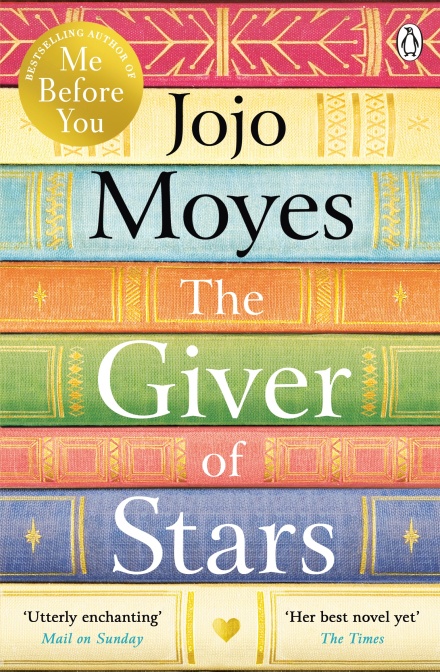
Set in small-town 1930’s Kentucky, the book is based on the real-life Pack Horse Librarians of Kentucky, or the Horseback Librarian program as it was called then. The program delivered books as part of Eleanor Roosevelt’s traveling library and ran from 1935 to 1943, making books accessible to over 100,000 rural inhabitants. It’s a lovely, albeit thick, book that has conflict, drama, purpose, friendship, and love. The story is tender, heartbreaking and funny at the same time. Best, it reads like a thriller.
The Stationery Shop in Tehran by Marjan Kamali
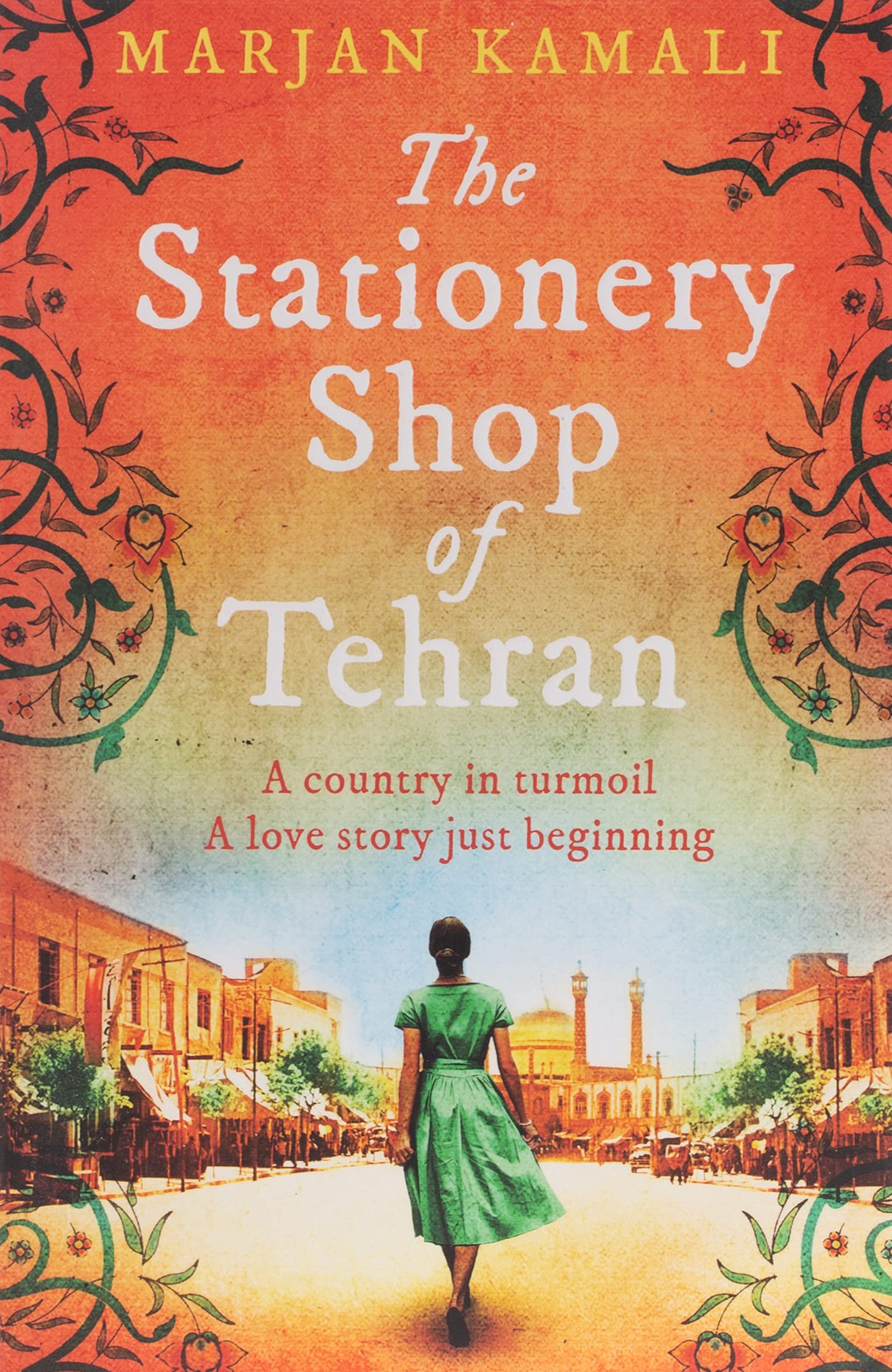
I have gifted and re-read this book multiple times since reading it earlier this year. It’s a beautiful story about how love can mark you for life and a celebration of unbreakable family bonds. Roya and Bahman meet as teenagers in Tehran during a politically charged time and fall in love. But fate (or a certain someone) tears them apart and Roya spends her life wondering what went wrong till she ultimately finds the answers, and it breaks her heart. The book, with its elaborate descriptions of Persian delicacies and cooking techniques, awakens all your senses besides tugging at your heartstrings.
The Secret Keeper by Alka Joshi
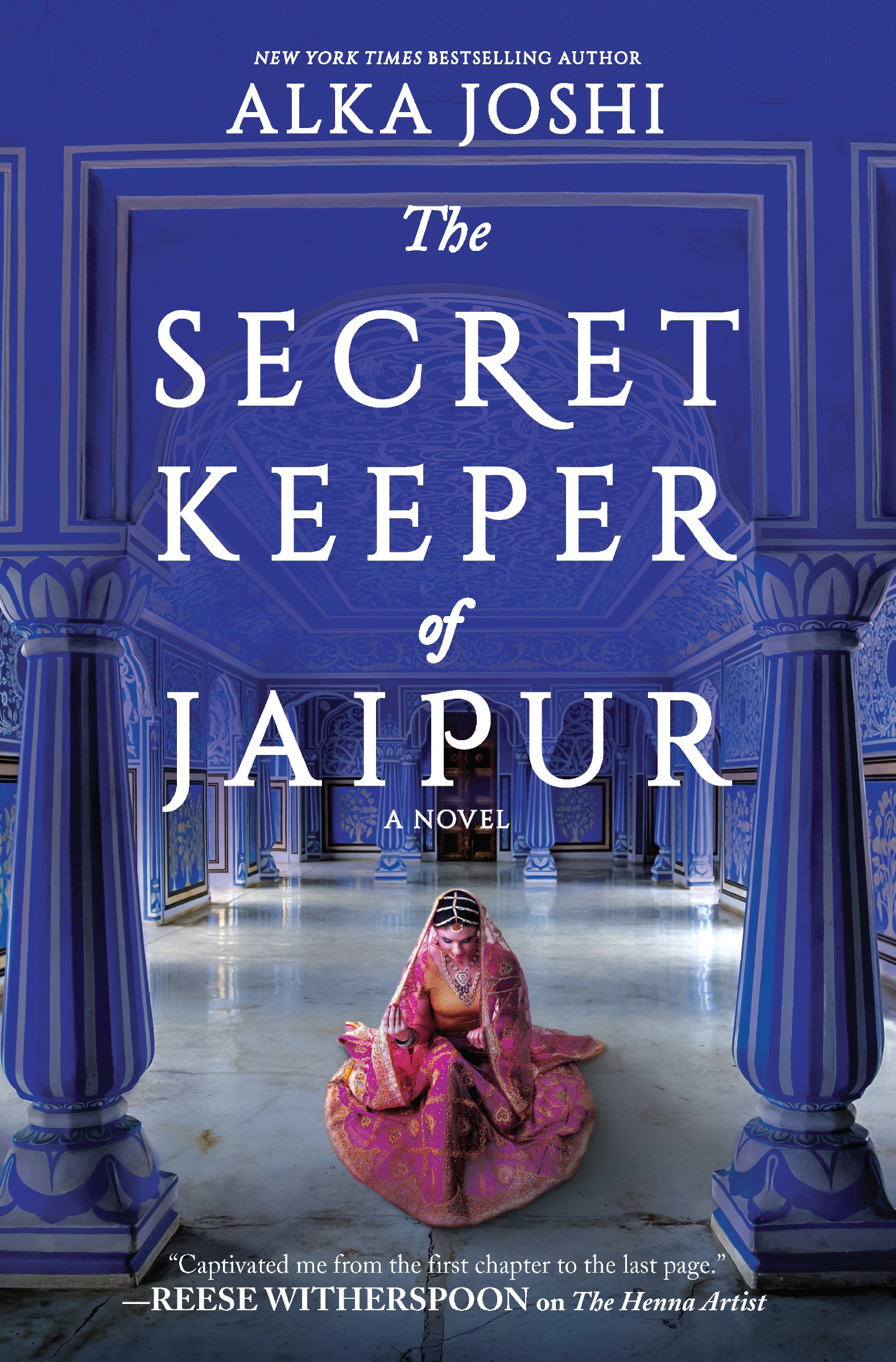
‘The Secret Keeper of Jaipur’ is the second part of a planned trilogy but it doesn’t matter if you haven’t read the first book, ‘The Henna Artist’. Though Lakshmi, the protagonist of The Henna Artist, is an integral part of the story, not knowing what happened to her previously doesn’t ruin things. Instead, you get to put the pieces together through the little snippets of information Joshi provides throughout the book. What I loved most about it, apart from historical elements, is that there are two different settings—Jaipur and Shimla—and shuttling from one world to another is super fun and engaging.
The Promise by Damon Galgut
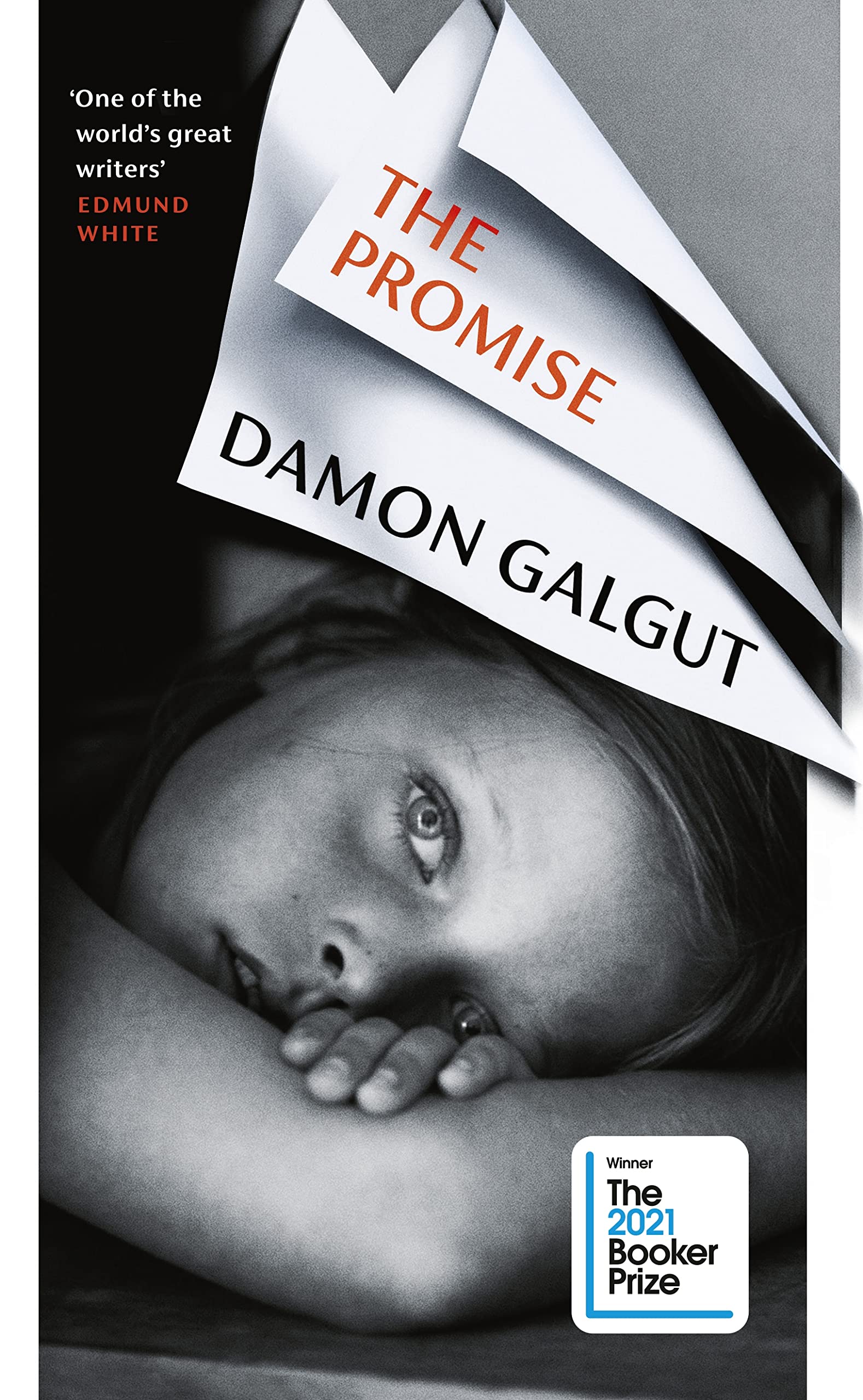
Winner of The Booker Prize 2021, ‘The Promise’ is about this house where there are strict markers of race. It’s, you could say, a miniature of apartheid South Africa. The Blacks were promised so much when the apartheid ended but they were never fulfilled and this is the theme that runs throughout the book. There is a lot of South Africa’s complicated history and issues arising from the dismantling of apartheid. The prose is choppy and slow but Damot knows what he is doing and raptures the readers with the content. As a white South African writer, Damot’s writing feels like insider information.
The Seven Husbands of Evelyn Hugo by Taylor Jenkins Reid
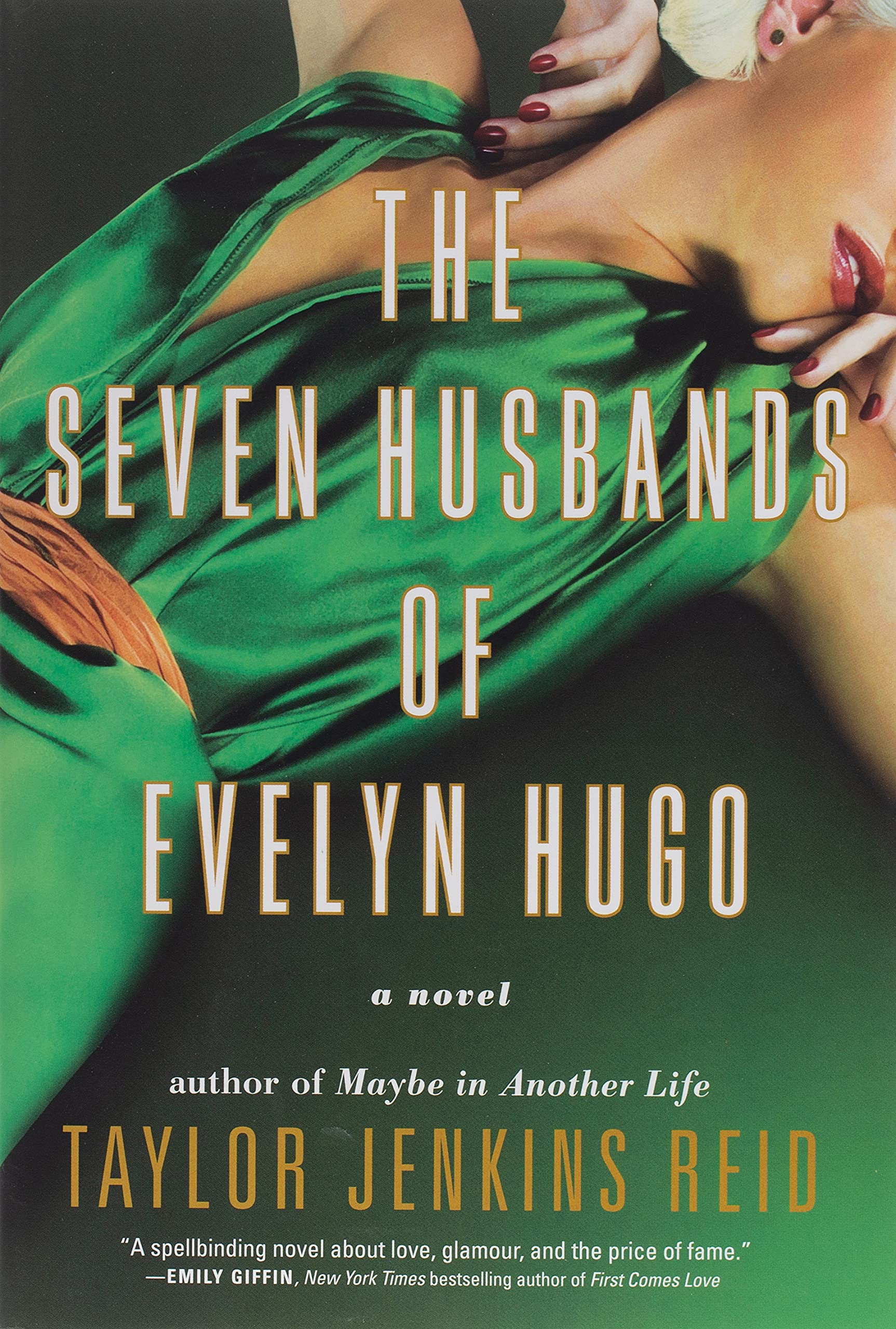
A historical fiction set in old Hollywood, ‘The Seven Husbands of Evelyn Hugo’ opens with rookie reporter Monique Grant being asked to interview a Hollywood star who has led a scandalous life. Monique goes to meet Evelyn to get her story for the magazine she works for but Evelyn tells her she isn’t interested in a magazine cover. Rather, she wants to tell her life story that Monique is free to publish as an authorized biography once Evelyn is no longer around. What follows is an intriguing story that addresses the issues of homophobia, racism, and sexism.
Transcendent Kingdom by Yaa Gyasi
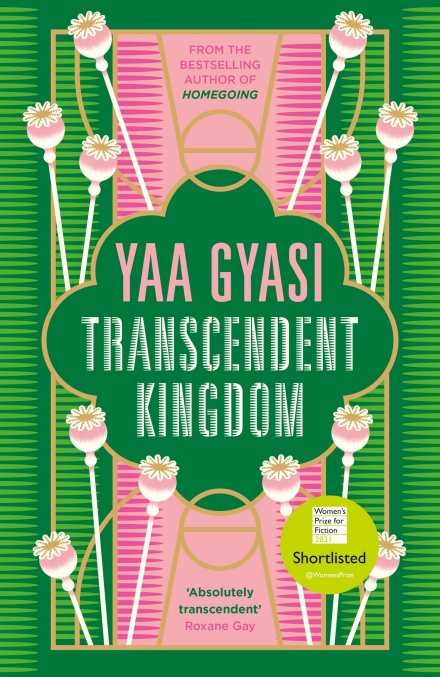
‘Transcendent Kingdom’ was probably the most awaited book of 2020. After the success of ‘Homegoing’ in 2016, the world wanted more of this phenomenal writer. Gyasi’s second work of fiction is an excellent meditation on life and how we are sometimes consumed by our losses. Through the novel’s protagonist Gifty, a PhD candidate at Stanford University, Gyasi explores the complex parents-children relationship. Can you love your parents but not like them? How do we figure out who we are and what we are capable of when our foundations are shaky? It’s a sad but beautiful book that haunts you for a long, long time.
Girl in White Cotton by Avni Doshi
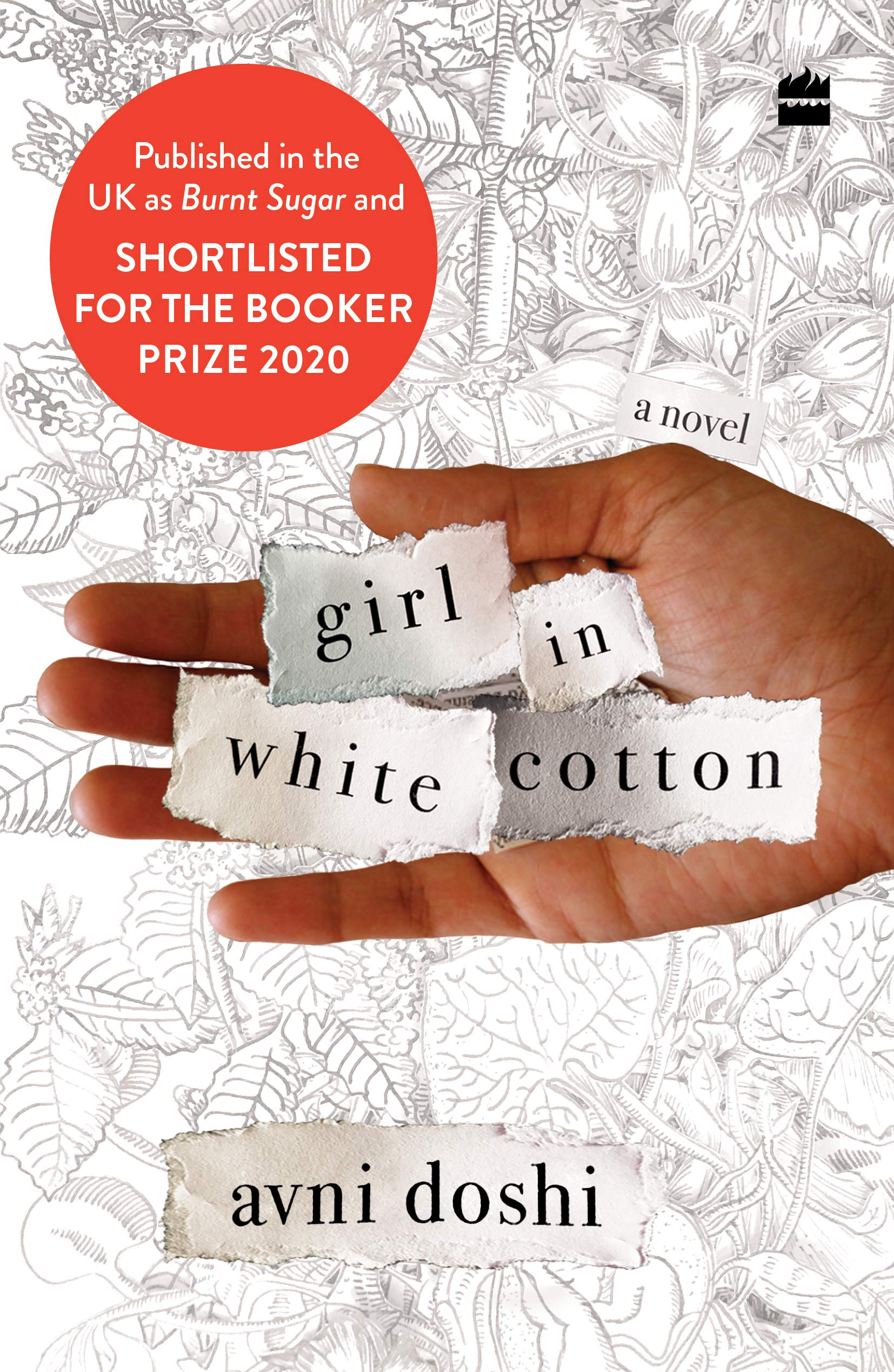
‘I would be lying if I said my mother’s misery has never given me pleasure’ is perhaps the best opening line I have read in a while. I knew I would love this book the minute I read that sentence but I wasn’t prepared for the emotional rollercoaster I was about to embark on. The story about love and obligations among many other things is beautifully written. It is sharp and witty and the characters are so relatable. Alternatively published as ‘Burnt Sugar’ in the UK (after it was originally published in India as ‘Girl in White Cotton’ in 2019), the novel was shortlisted for The Booker Prize 2020 and named NPR’s Best Book of 2020.
Anxious People by Fredrik Backman
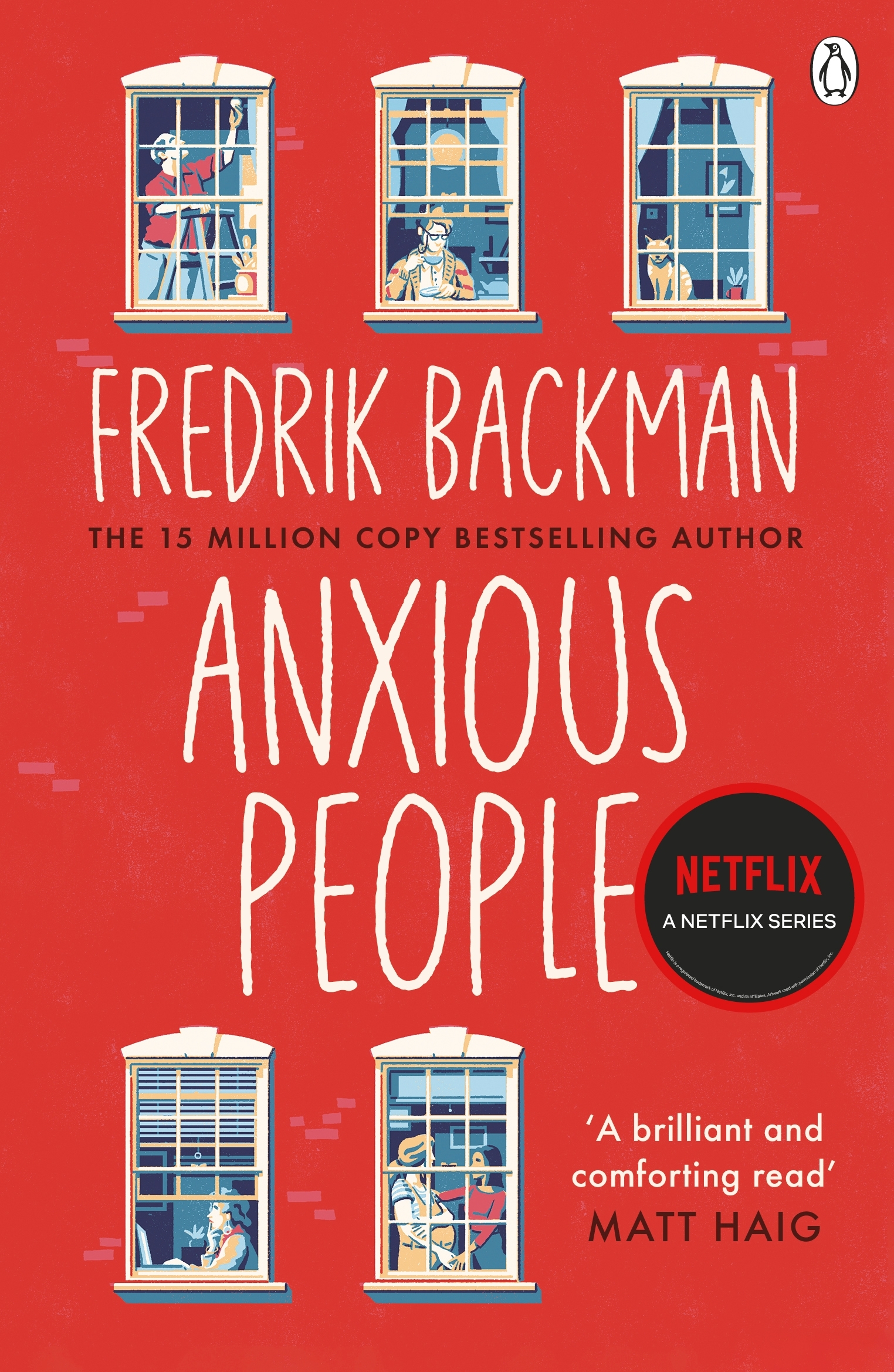
I’m going to cheat a little and include a book I bought but haven’t read. Don’t get me wrong, I love Fredrik Backman. ‘A Man Called Ove’ is one of my absolute favorites. I have read all his other works too. I’m so excited about ‘Anxious People’ that I just can’t bring myself to read it because then it will be over and I won’t have anything to look forward to. Right now, I look at its spine daily, sometimes pick it up and read the blurb or a random paragraph and put it back and that makes me happy—knowing I have something awesome to read when I (eventually) hit a reading slump.
We Are Okay by Nina LaCour
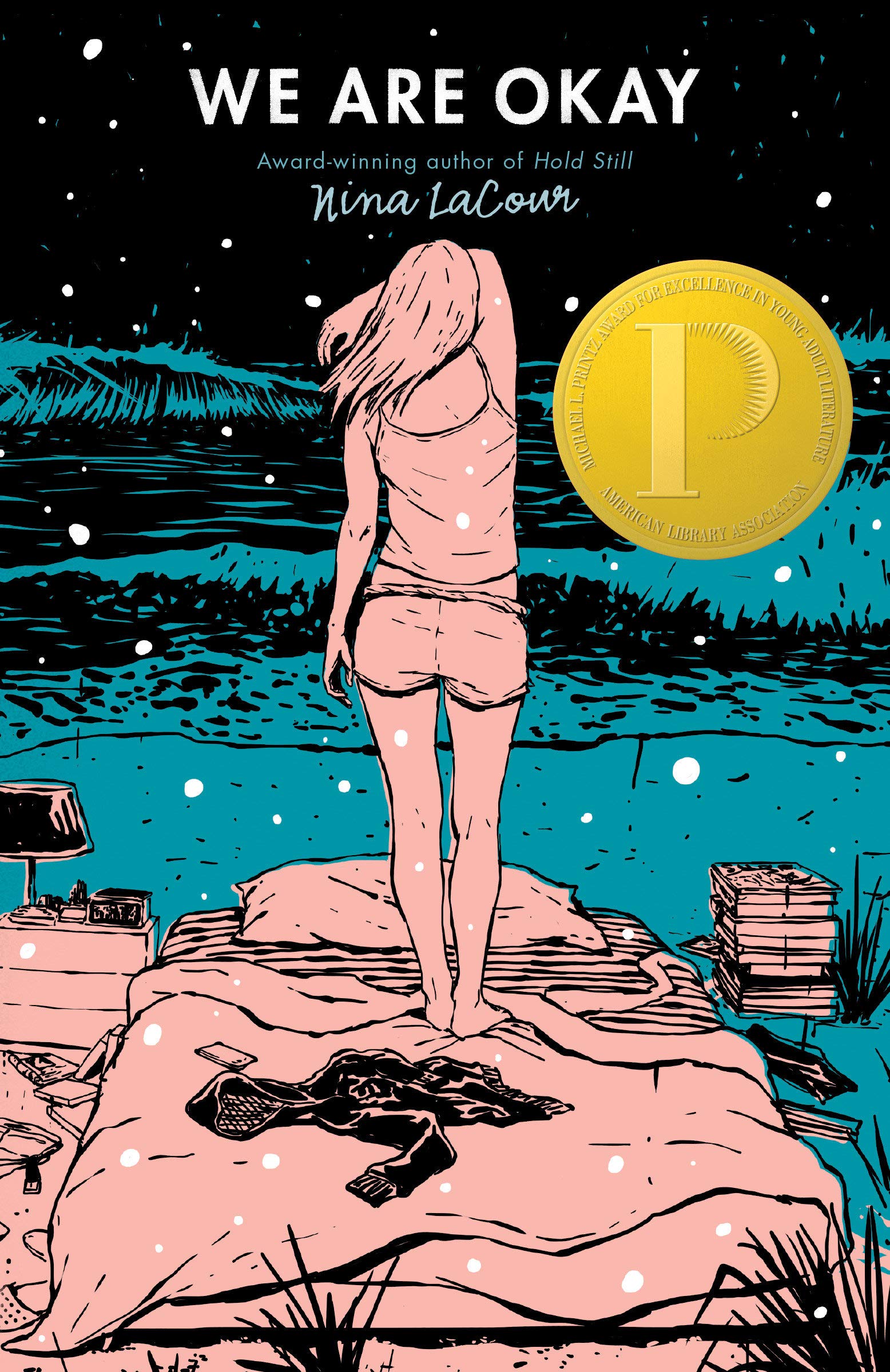
‘We Are Okay’ is the story of a college freshman named Marin who runs away after the sudden death of her grandfather. But her best friend, Mabel, is intent on reconnecting with her and so she visits Marin at her college in New York during winter break when the latter is alone in her dorm. The narrative alternates between present day and flashbacks to Marin’s life with her grandfather. Slowly you get the idea of what happened in Marin’s life for her to cut ties with everyone. LaCour is a celebrated LGBTQIA+ novelist and she explores the relationship between Marin and Mabel in that context as well.
Aristotle and Dante Dive into the Waters of the World by Benjamin Alire Saenz
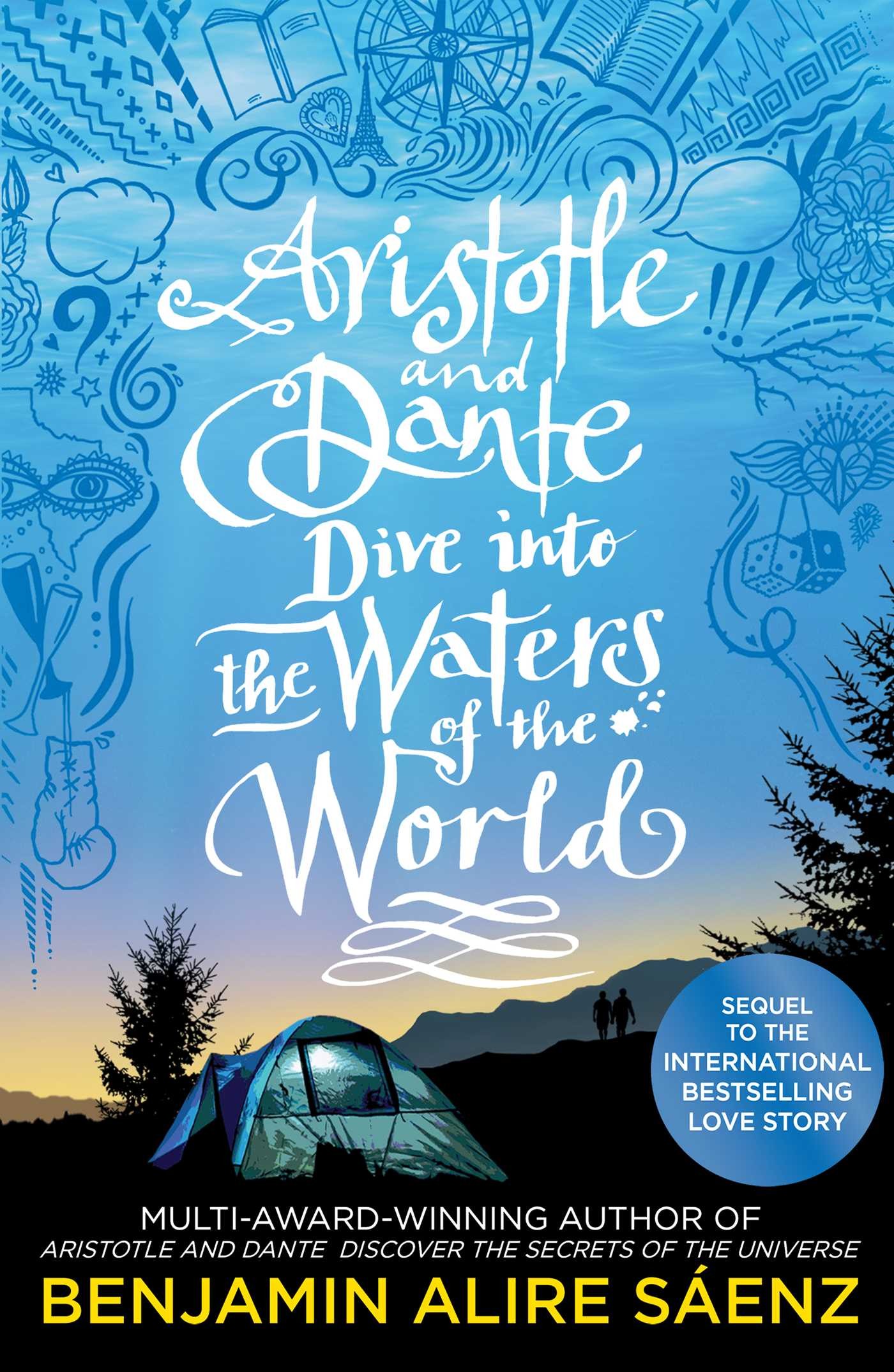
The much-awaited sequel to ‘Aristotle and Dante Discover the Secrets of the World’, this book picks up roughly where the first left off. The sequel begins with Ari and Dante in the summer before their senior year. It’s a precious bubble in time before they are forced to grow up and deal with life’s many curveballs. The first part had left me wanting a little more of these two fascinating boys and Saenz delivered, and how. If you loved the first book, you will gobble this up. Trigger warning though, it has mentions of transphobia.
‘Everything Everything’ book review: Heart-wrenching and compelling
The YA fiction that is being published today makes me wish there were such stories when I was growing up. The stories that are out there put so many things in perspective—things you struggle to understand or accept when you don’t have the wisdom that comes with age. YA fiction today helps you deal with your emotions and they make you realize it’s not always necessary to fit in, that sometimes it might actually be a good thing to be the odd one out. Basically, these aren’t just stories with moral lessons. I feel they are helpful manuals for life. That wasn’t the case when I was in school. Most of the stories I read then felt preachy and forced.
‘Everything Everything’ by Nicola Yoon is a lovely, short book about a girl named Madeline Whitter who has a rare condition called Severe Severe Combined Immunodeficiency that makes her allergic to almost everything around her. A minor infection could be fatal. So, she spends her days inside a bubble—a hyper sterile environment created by her mother who is still grieving her husband and son, both of whom were killed in an accident. Then a new family moves in next door shortly after Madeline’s 18th birthday. As she watches them from her bedroom window, she starts getting interested in the cute boy who often looks her way. Then the boy, Ollie, starts talking to Madeline over IM and suddenly the girl who hasn’t left her home for 17 years starts wondering what the outside world is like.
Also read: ‘The Secret Keeper of Jaipur’ book review: Slow and sweet
The book is gorgeous and lyrical. It reads like a dream. Though it’s essentially a teen romance, there are lots of instances that leave you pondering about life and how beautiful it can be if you accept yourself and try to be a little kind (to yourself). The ending is a bit predictable. You can see where the story is headed 50 pages into the book but that doesn’t make the narrative any less interesting. Yoon’s empathetic writing makes you feel like you are in Madeline’s head. Despite her unfamiliar life, you feel deeply connected to her. Her mother and Ollie are also fascinating characters—ones you might not necessarily understand or relate to but find yourself rooting for anyway. All in all, Everything Everything is a book that teaches you to appreciate all that you take for granted. It’s a happy book that fills you with hope.
Everything Everything
Three and half stars
Fiction
Nicola Yoon
Published: 2015
Publisher: Corgi
Pages: 306, Paperback
‘The Secret Keeper of Jaipur’ book review: Slow and sweet
‘The Secret Keeper of Jaipur’ by Alka Joshi is the second part of a planned trilogy but it doesn’t matter if you haven’t read the first book, ‘The Henna Artist’. Though Lakshmi, the protagonist of The Henna Artist, is an integral part of the story, not knowing what happened to her previously doesn’t spoil things. Instead, it keeps you guessing and trying to put the pieces together based on little flashbacks the author has interspersed throughout the book.
It’s a fun, engaging read. The two different settings—Jaipur and Shimla—are such a stark contrast that you find yourself thrust from one world to another quite frequently. But it’s not at all jarring. Joshi is such a master storyteller that she pulls it off with ease. Set 12 years after The Henna Artist, Lakshmi is married to Dr Jay Kumar and living in the Himalayan foothills of Shimla. Malik, who makes his appearance in the first novel, is living under Lakshmi’s guardianship and he falls for Nimmi, a young, widowed mother of two. Just as their relationship starts to deepen, Lakshmi sends Malik to Jaipur to understand the construction business from her old friend Manu Agarwal, who is the facilities director at a Jaipur palace. When the Royal Jewel Cinema, the palace’s grand construction project, collapses during the opening night, killing and injuring dozens of moviegoers, chaos ensues. Lakshmi goes to Jaipur to see if she can be of any help, only to discover Manu is being blamed for the fiasco. Then Malik uncovers secrets that could potentially salvage Manu’s career and, together with Lakshmi, fights to save him. Besides this main plot, there is another subplot involving Nimmi and her tribe that is a good, refreshing diversion from all the glamor and glitter of Jaipur.
Also read: ‘The Secret Keeper of Jaipur’ book review: Slow and sweet
The story is slow but that doesn’t mean it’s boring as we often tend to equate the two. Joshi’s writing is so detailed that it sucks you right in. You are captivated by the scenes and characters’ behaviors and actions. Every character is so wonderfully written that they come alive right before you. You can clearly imagine their expressions and gestures. It’s a really comforting, beautiful read that way—the story and scenes are all that are in your head. Lakshmi and Malik are likeable characters that quickly worm their way into your heart. The other characters, all with their own secrets to protect, are fascinating to get to know as well. You are torn between who’s right and who’s wrong and the shifting loyalties is a tricky emotion to navigate. All in all, it makes The Secret Keeper of Jaipur a fascinating and enriching read.
The Secret Keeper of Jaipur
Four stars
Fiction
Alka Joshi
Published: 2021
Publisher: Harper Collins
Pages: 330, Paperback
‘My Sister, The Serial Killer’ book review: Short and riveting
I have a feeling I’ve said this before but let me say it again: I love short reads. Books that I can finish in a single sitting. There’s something about finishing a book in a day that makes me feel extremely accomplished. There’s pretty much nothing that can go wrong that day and even if something does, I feel I can deal with it. It helps to have an entire story bouncing around in my head and characters to love and hate that I don’t actually have to deal with in real life. It’s the best kind of feeling.
I picked up Nigerian writer Oyinkan Braithwaite’s debut novel ‘My Sister, The Serial Killer’ as I wanted to read more works by authors of color. This past year, I’ve read works that have same sex romance or are written by those belonging to the LGBTIQA+ community. They have been refreshing and enlightening. For 2022, my agenda is to read more diversely, meaning I want to read across genres and include Asian and African authors and others of mixed ethnicities on my TBR.
My Sister, The Serial Killer is the story of two sisters—Korede and Ayoola—one of whom is a nurse and the other a murderer. This isn’t, however, a thriller. Braithwaite explores the relationship between two siblings who have had a difficult childhood and are shaped by it. Korede, the older of the two, thinks it’s her duty to protect her little sister. It was what her mother told her when Ayoola was a baby and it has stayed with her since then. That is why she helps Ayoola dispose of the bodies of boyfriends that she kills in ‘self-defense’. The opening scene has Korede scrubbing the bathroom to remove every trace of blood but finding it difficult to thoroughly clean the area between the shower and the caulking. It’s an engrossing start.
Also read: ‘We Are Okay’ book review: A simple, touching read
Korede wants to believe her sister kills to protect herself when her boyfriends become abusive and attack her. But she increasingly becomes suspicious that something is wrong with Ayoola. When Ayoola starts dating the cute doctor at the hospital where Korede works, Korede knows she must do something to save him. It doesn’t help that Korede has a crush on him. Though Dr Tade Otumu has a lot of admiration and affection for Korede, he quickly casts her aside for Ayoola. So smitten is he with her, he is willing to do anything she wants. He doesn’t believe Korede when she tells him Ayoola has killed before and that he might be in danger. Rather, he thinks Korede is the evil one—jealous of her sister and wanting to sabotage her relationship.
Braithwaite’s writing is simple and sharp and coupled with the story’s concept, My Sister, The Serial Killer is scary, funny, and insightful at the same time. It’s unlike anything I have ever read and though the ending leaves you wanting more, it’s precisely why the story stays with you long after you finish the book.






